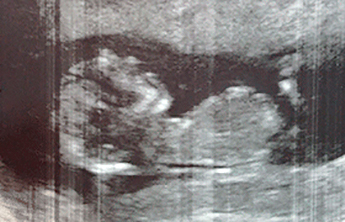
Two stages of female infertility:
- Primary female infertility: a woman who was never pregnant and there are functional alteration in reproduction system that causes infertility.
- Secondary female infertility: those women that after a first pregnancy and normal labour cannot obtain a new pregnancy.
Female infertility Causes
There are different infertility reasons. The main causes of female infertility are:
- Lack of ovulation: It is generally produced by hormonal reasons. Almost a third of women fertility problems are due to the loss of the ability to produce eggs by the ovary.
- Blocked fallopian tubes: If fallopian tubes are blocked, the sperm cannot get to the egg so there is not fertility.
- Inefficient inner uterine mucosa: Represents 10% of female infertility causes. Uterine mucosa is segregated by uterine walls and if it is too acidic and thick, the sperm cannot move across it to reach the egg. It can also come up and cause problems for the mucosa if it contains antibodies that react against the sperm preventing their access by the cervix. If there is an absence of mucosa, the fertilisation is also impossible.
- Endometriosis: When the uterus lining cells (endometrium) are divided through eggs, pelvis and tubes it is called Endometriosis. This interferes with ovulation and can cause fertility problems. It is also possible that Endometriosis causes repeated miscarriages, so it should be treated. It may affect every woman with menstruation, including the youngest ones. Some endometriosis symptoms presented by women are an increasing pain over time during the menstrual period, alterations in menstruation bleeding, heavy or limited, or pain during sexual relationships (coitalgy).
- Polycystic ovary syndrome (PCOS): One of the most known cases inducing female infertility is the polycystic ovary syndrome, considered as one of ovarian disorder and the most common cause of female infertility. It affects between 5% and 10% of women of childbearing age. The term “polycystic” shows the presence of little cysts in one or both ovaries, even if generally they don’t present any danger or need to be extracted because they are benign. This can lead to changes in the menstrual cycle, ovarian cysts, and cause problems to get pregnant and other health changes like obesity, diabetes, vascular disorders and hypertension. Nevertheless, even though women with polycystic ovary syndrome have more problems to ovulate or to get pregnant, it doesn’t mean that with help and under expert supervision they cannot achieve the conception.
- Uterus disorder: Sometimes female infertility is the result of an abnormal uterus. It may have congenital anomalies, containing adhesions, polyps or fibroids that make the pregnancy difficult.
Other factors of female infertility
Other factors that may cause female infertility are sexual transmitted diseases, chronic diseases like diabetes, cancer, thyroid disease, asthma or depression. Another factor that may cause female infertility is taking medication such as antidepressant and steroids.
Nowadays fertility problems can be treated with current assisted reproduction treatments.






